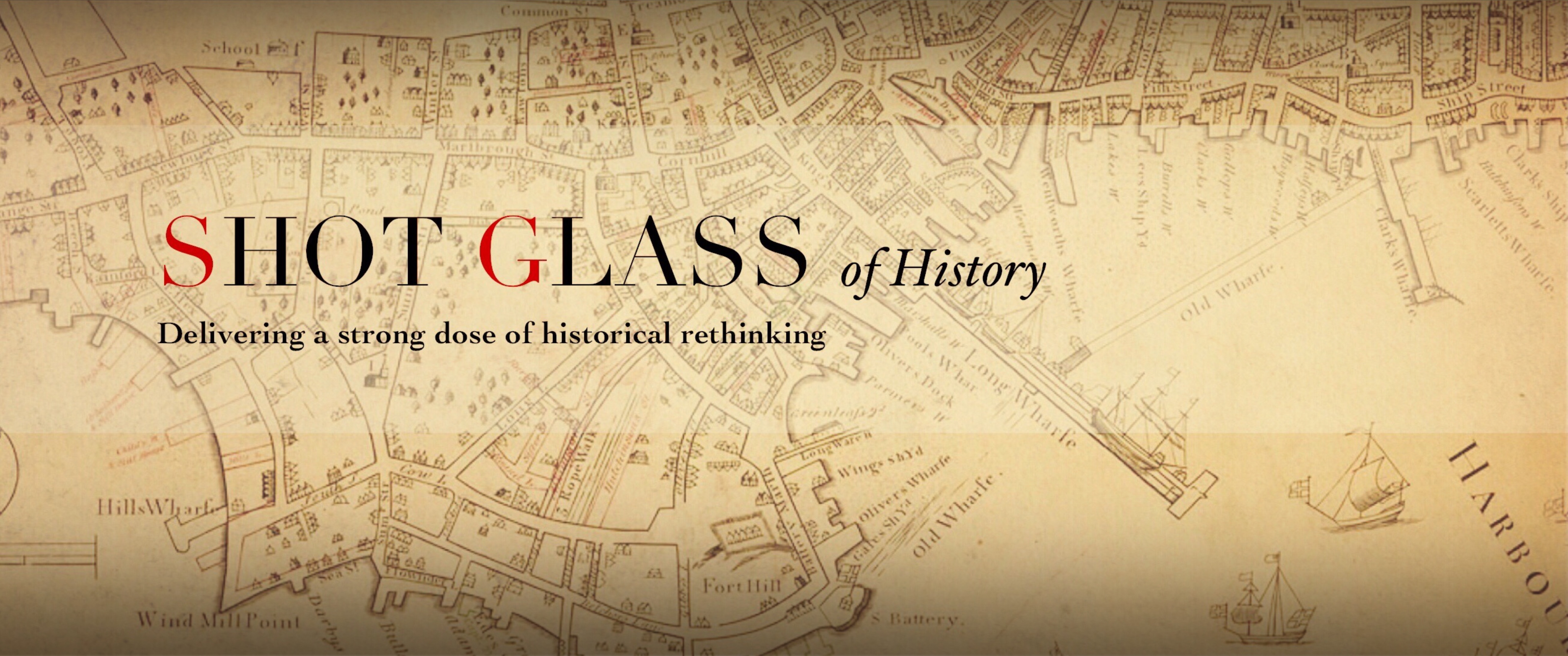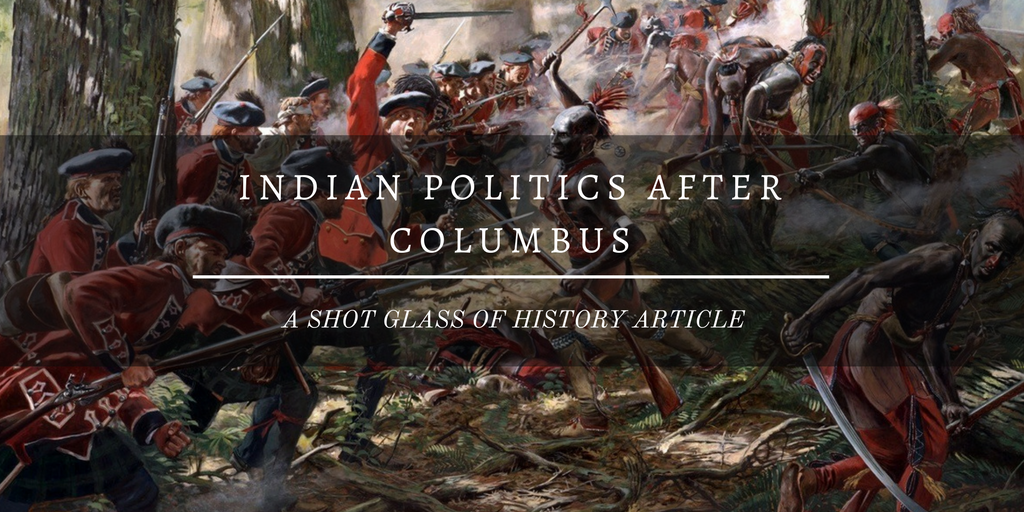Historical tales are told through the eyes of the narrators. While ethnocentric history is often just human nature, it is a problem if we only see our own people as the shapers of history: as if we have been the active participants, and everyone else has merely been the passive recipients. Specifically with regards to American history, we are most likely to see slaves and Indians as the passive sideliners. Active African slave history was the subject of a book a few years back by historian David Williams in I Freed Myself: African American Self-Emancipation in the Civil War Era, and recently David J. Silverman has taken up the fascinating role of Indian tribes in his book Thundersticks: Firearms and the Violent Transformation of Native America. You can read a great article on the subject by Silverman here.
While Silverman specifically takes on the subject of Indians during the colonial period, there has been a lot of good material written about Indian civilizations recently. Charles C. Mann did a wonderful job in his book 1491: New Revelations of the Americas Before Columbus, at bringing to light the recent work demonstrating the advanced state of Pre-Columbian civilization. The vast network of powerful city-states dominating North America resembled Europe far more than we are accustomed to imagine.
It has recently become popular to follow the work of Jared Diamond and to focus on the impersonal effects that “guns, germs and steel” had in destroying the pre-Columbian civilizations. But as Silverman writes in his article, there was an important personal side in the Columbian exchange. “For indigenous people all across North America, European colonisation meant more than withering in the face of epidemic diseases and European technological superiority.” Far from being European sidekicks, the Indian nations were themselves a source of power completely capable of rivaling any of the European forces assembled here on the American continent. With the introduction of new European technology, particularly firearms, Indian nations shaped the political landscape. Looking at the story of one tribe in 1653, Silverman writes: “English, Dutch and French competition for Indian trade meant that Ninigret’s warriors were as well armed as Englishmen.” They allied with each other, formed confederations, sought out European nations as allies, and were in turn themselves approached by European nations, all in a complex political puzzle. He ends his article:
There is so much to learn about the world through the study of Native America. For instance, one realises that this supposedly New World was, in fact, quite old, full of ancient, complex societies of remarkable diversity. The myth of the noble savage, which has sprung back to life in New Age religious circles, shatters as one confronts indigenous people in three-dimensional form. They possessed all the ambition, jealousy, violence and Machiavellian spirit that one would expect to find among any other human population.

